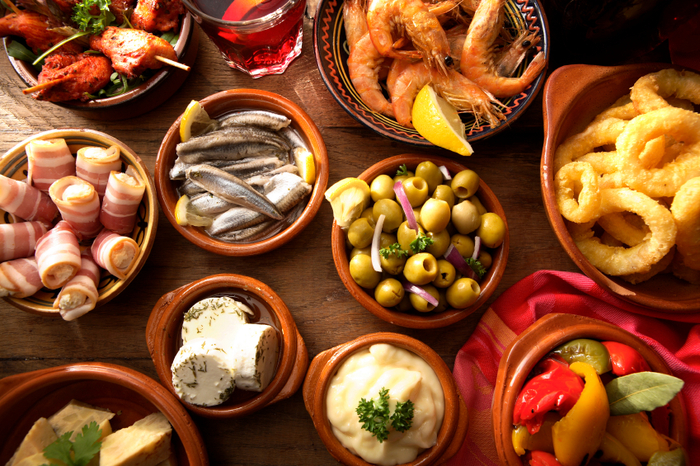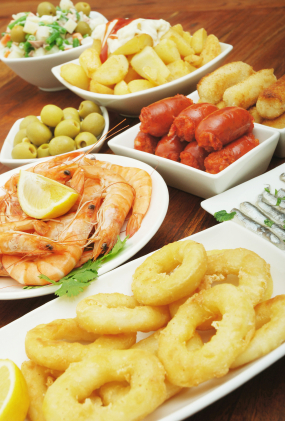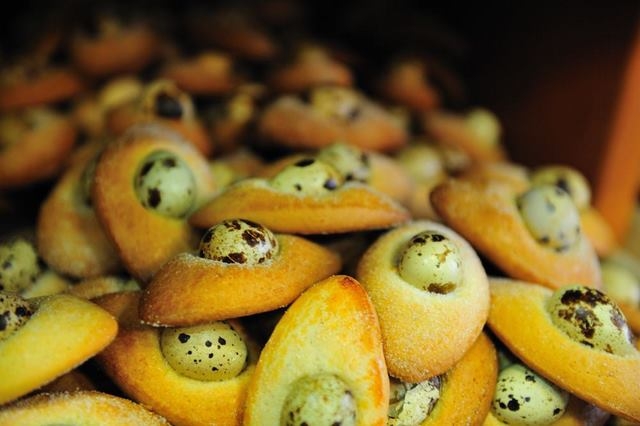- Region
- Águilas
- Alhama de Murcia
- Jumilla
- Lorca
- Los Alcázares
- Mazarrón
- San Javier
-
ALL AREAS & TOWNS
- AREAS
- SOUTH WEST
- MAR MENOR
- MURCIA CITY & CENTRAL
- NORTH & NORTH WEST
- TOWNS
- Abanilla
- Abarán
- Aguilas
- Alamillo
- Alcantarilla
- Aledo
- Alhama de Murcia
- Archena
- Balsicas
- Blanca
- Bolnuevo
- Bullas
- Cañadas del Romero
- Cabo de Palos
- Calasparra
- Camping Bolnuevo
- Campo De Ricote
- Camposol
- Canada De La Lena
- Caravaca de la Cruz
- Cartagena
- Cehegin
- Ceuti
- Cieza
- Condado de Alhama
- Corvera
- Costa Cálida
- Cuevas De Almanzora
- Cuevas de Reyllo
- El Carmoli
- El Mojon
- El Molino (Puerto Lumbreras)
- El Pareton / Cantareros
- El Raso
- El Valle Golf Resort
- Fortuna
- Fuente Alamo
- Hacienda del Alamo Golf Resort
- Hacienda Riquelme Golf Resort
- Isla Plana
- Islas Menores & Mar de Cristal
- Jumilla
- La Azohia
- La Charca
- La Manga Club
- La Manga del Mar Menor
- La Pinilla
- La Puebla
- La Torre
- La Torre Golf Resort
- La Unión
- Las Palas
- Las Ramblas
- Las Ramblas Golf
- Las Torres de Cotillas
- Leiva
- Librilla
- Lo Pagan
- Lo Santiago
- Lorca
- Lorquí
- Los Alcázares
- Los Balcones
- Los Belones
- Los Canovas
- Los Nietos
- Los Perez (Tallante)
- Los Urrutias
- Los Ventorrillos
- Mar De Cristal
- Mar Menor
- Mar Menor Golf Resort
- Mazarrón
- Mazarrón Country Club
- Molina de Segura
- Moratalla
- Mula
- Murcia City
- Murcia Property
- Pareton
- Peraleja Golf Resort
- Perin
- Pilar de la Horadada
- Pinar de Campoverde
- Pinoso
- Playa Honda
- Playa Honda / Playa Paraíso
- Pliego
- Portmán
- Pozo Estrecho
- Puerto de Mazarrón
- Puerto Lumbreras
- Puntas De Calnegre
- Region of Murcia
- Ricote
- Roda
- Roldan
- Roldan and Lo Ferro
- San Javier
- San Pedro del Pinatar
- Santiago de la Ribera
- Sierra Espuña
- Sucina
- Tallante
- Terrazas de la Torre Golf Resort
- Torre Pacheco
- Totana
- What's On Weekly Bulletin
- Yecla


- EDITIONS:
 Spanish News Today
Spanish News Today
 Alicante Today
Alicante Today
 Andalucia Today
Andalucia Today
Cartagena Spain restaurants
Introduction to eating out in Cartagena Spain
 Cartagena Spain is the second largest city in the Region of Murcia, on the southern Mediterranean coast of Spain, and has been an important focal point for trade and commerce for over 2000 years, a melting pot for cultures, creating a rich and varied gastronomy using local ingredients.
Cartagena Spain is the second largest city in the Region of Murcia, on the southern Mediterranean coast of Spain, and has been an important focal point for trade and commerce for over 2000 years, a melting pot for cultures, creating a rich and varied gastronomy using local ingredients.
Fish has always been a core element of the Cartagena diet, the fishing district of Santa Lucia home of the Cartagena fishing fleet, and still the location today for Cartagena’s important fish restaurants.
2000 years ago the Romans shipped out vast quantities of salted fish and garum fish sauce across their empire via Cartagena and visitors today can sample no frills Cartagena fish, deep fried in tempura batter in one of the traditional restaurants alongside the port, in Santa Lucia itself, or in any of the beach restaurants in Cabo de Palos, a sporting port which also hosts fishing boats. Many fish dishes in these portside restaurants will be deep fried or simply grilled. Sauces are very rarely served with fish, other than a simple garlic and parsley blend, although there are some fabulous tapas dishes made using bacalao, salted cod, which is often served with a confit of caramelised onions and pine nuts or in a cream and garlic sauce
 Visitors arriving by cruise ship may not want to ingest a large meal after being well fed on board, but may be tempted by the vast range of Spanish tapas on offer. Cruise ship passengers should head off the main thoroughfairs, and central tourist streets, choosing one of the many tapas bars in the back streets. Serrano hams hang from the ceiling, served with sweet local wine from Jumilla or Bullas, toasted almonds produced in the Cartagena campo, and cracked Cartagena olives. Or try deep fried aubergines, michirones, broad beans slowly cooked with salted ham, magra, sweet pork in tomato or spicy chorizo sausage.
Visitors arriving by cruise ship may not want to ingest a large meal after being well fed on board, but may be tempted by the vast range of Spanish tapas on offer. Cruise ship passengers should head off the main thoroughfairs, and central tourist streets, choosing one of the many tapas bars in the back streets. Serrano hams hang from the ceiling, served with sweet local wine from Jumilla or Bullas, toasted almonds produced in the Cartagena campo, and cracked Cartagena olives. Or try deep fried aubergines, michirones, broad beans slowly cooked with salted ham, magra, sweet pork in tomato or spicy chorizo sausage.
All fish dishes are popular in Cartagena, paricularly octopus (sepia) a la plancha, cooked over the grill or on a hot plate, or slowly simmered in a red wine sauce and served cold, as well as calamares, in rings deep fried. Chipirones are small squid deep fried in batter. Watch out for the Mar Menor prawns, which are a local delicacy, harvested in the waters of the Mar Menor. These are sold by weight and command a hefty price, so be careful.
Prawns are often served in garlic and olive oil and are delicious mopped up with bread, offering a much more economical option.
The best dishes are always found in the most unexpected bars, and although white tiled walls and strip lighting may not be the most glamorous of décors, local clients are very discerning and the food will be authentic and flavoursome.
Those with a sweet tooth should head for the cafés and try the typical pastries of Cartagena, pastel de flora, stuffed with angels hair, a type of caramelised pumpkin, sweet and spiced with ginger, or seasonal treats such as the Mona de pascua served at Easter, an aniseed flavoured sweet bread wrapped around a boiled egg.
Empanadillas are a Spanish version of a Cornish pasty, filled with atún, tuna and boiled egg, or frita, a mixture of tomato, egg and tuna which is wetter.
 Try an asiatico if you have a sweet tooth, an alcoholic, sweet coffee, a Cartagena speciality, or if you prefer less sweetness, a granizado, crushed ice with fruit juices or cold coffee are surprisingly refreshing.
Try an asiatico if you have a sweet tooth, an alcoholic, sweet coffee, a Cartagena speciality, or if you prefer less sweetness, a granizado, crushed ice with fruit juices or cold coffee are surprisingly refreshing.
Those who have not arrived by cruise ship may be looking for a more substantial meal so look for a Spanish Menu del Día, originally designed to fill hungry workmen, but now a Spanish institution. Priced anywhere between 8 and 13 euros, these bargain 4 course meals, with drinks included, are displayed on blackboards outside, tasty guisos or thick soups, murcian rice, salads, the central course usually meat or grilled, staple food but inexpensive. The general rule for a good Menu del Día is to stray away from the main tourist areas, as these meals were designed to ensure every worker had access to good value food at lunchtime, so the best meals are often in the less glamorous cafés and bars.
There are also gastronomic taster menus on offer at 20 to 25 euros, these restaurants and hotels catering for a more selective diner in the traditional upmarket restaurants, or there are fast food options, in the commercial centres and portside.
 And as Cartagena is such a cosmopolitan melting pot, you´ll find everything from Japanese, Moroccan, Chinese and Italian restaurants serving a buzzing port city of over 200,000 inhabitants, fresh local ingredients the key to Cartagena cuisine.
And as Cartagena is such a cosmopolitan melting pot, you´ll find everything from Japanese, Moroccan, Chinese and Italian restaurants serving a buzzing port city of over 200,000 inhabitants, fresh local ingredients the key to Cartagena cuisine.
There really is no shortage of bars and restaurants to choose from, and every corner of the city is filled with choice, so it is difficult to recommend one location over another.
Popular corners with residents who prefer to avoid the main high street bars are in Plaza Real, which is behind opposite the Military arsenal and behind the Palacio Consistorial, the Santa Lucia fishing port area and the plazas near to the Military Museum.
A selection of restaurants are to be found in the Restaurant Directory, but restaurants for the municipality of Cartagena can also be found in the dedicated Cartagena section, accessed via the map box at the bottom of every page on the site, under the heading of Where to eat Cartagena.
The restaurants listed are paid listings: the only way to finance the volume of tourist information, what’s on and news this site provides.



